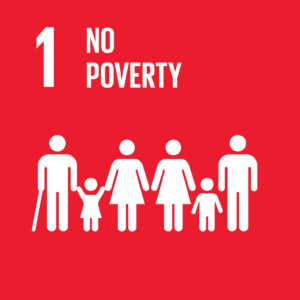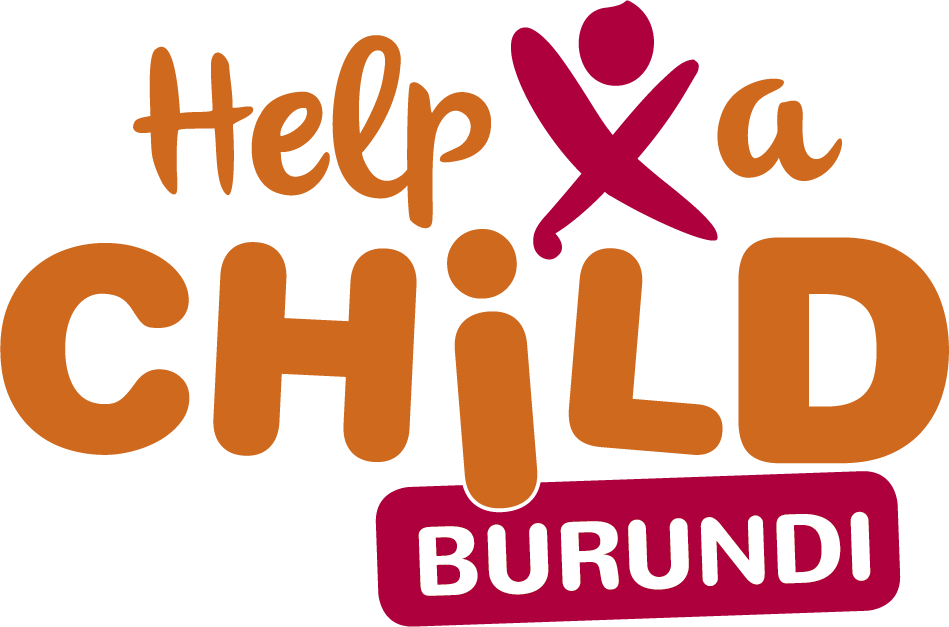Help a Child implements child-centered community programs with a duration of 7-10 years to support communities towards social and economic resilience. In the coming years, Help a Child wants to bring these realities closer together by offering adaptable and long-term solutions for food security and livelihood, combining interventions for returnees, internally displaced people, and host communities.
In our interventions, special attention is given to the many challenges faced by youth, such as high competition in the labor market, and limited access to land, knowledge, and finance. Through integrated farm planning, we involve all household members, including youth, to contribute towards climate-smart and future-proof agriculture. Help a Child also contributes towards improving food security and livelihood conditions of vulnerable households including refugees, asylum seekers, returnees and IDPs. The following are the humanitarian and development approaches to address food security and livelihood conditions of vulnerable populations:
- Cash for work (Quick Impact Projects)
- Rapid market analysis on zone specific income generating opportunities
- Integrated Farm Plans (PiP: Plan Intégré Paysans)
- Agricultural vocational training (AVET)
- Climate smart agriculture
- Technical vocational training (TVET)
- Capacity building on financial literacy, business plan writing, entrepreneurship and standard management techniques
- Formation and support for solidarity groups (SHG Model)
- Formation and support for cluster level associations (CLAs)
Help a Child also contributes to humanitarian and emergency food aid interventions assisting children nutrition programs in ECD centers, IDPs, returnees and returnees with the technical and financial support from the World Food Programme.
- School and ECDC feeding programs
- Food aid distribution in IDP relocation sites, returnee transit sites and refugee camps
Sustainable Development Goals
Contributes to SDG: 1 and 2

![]()
